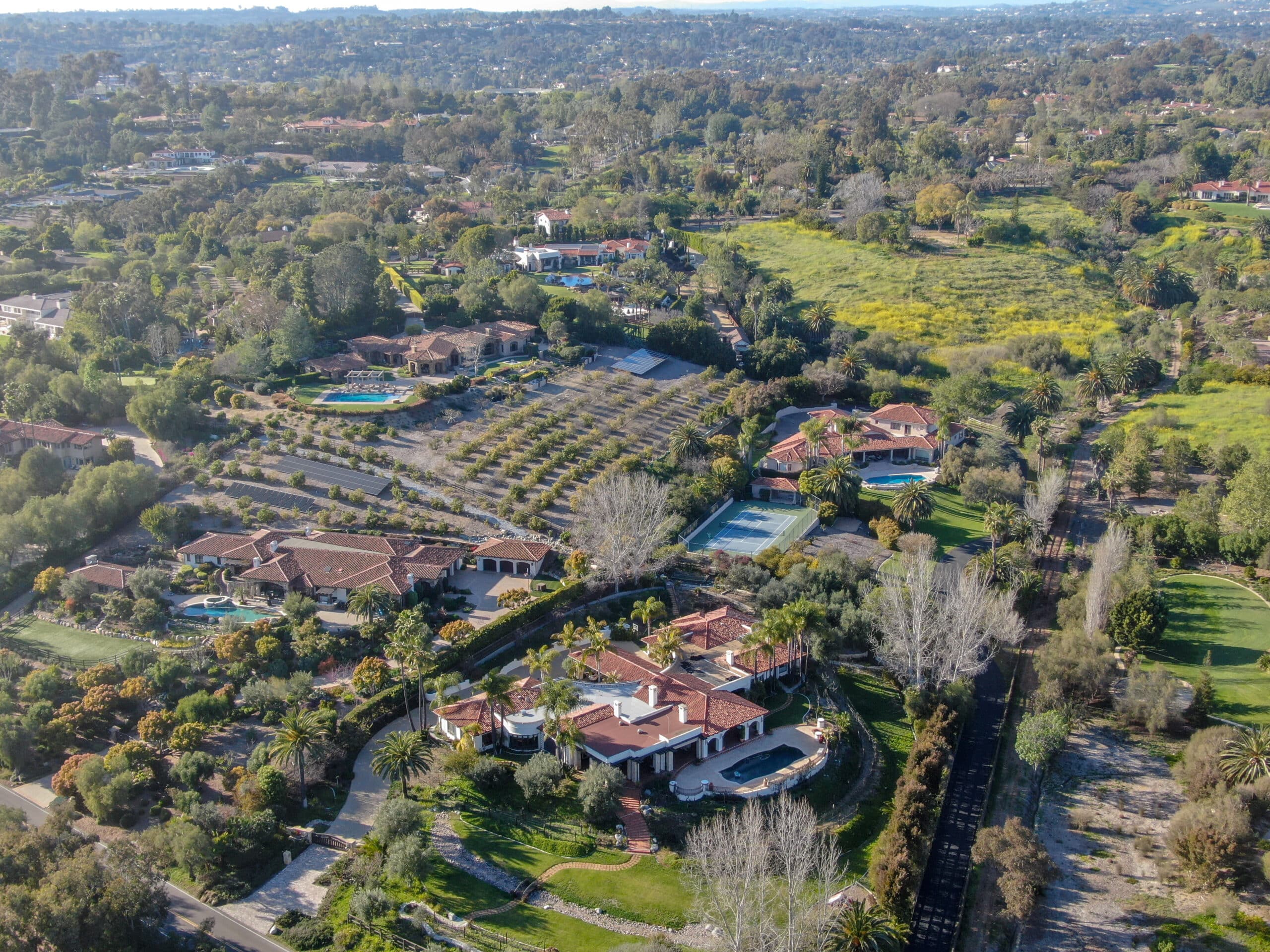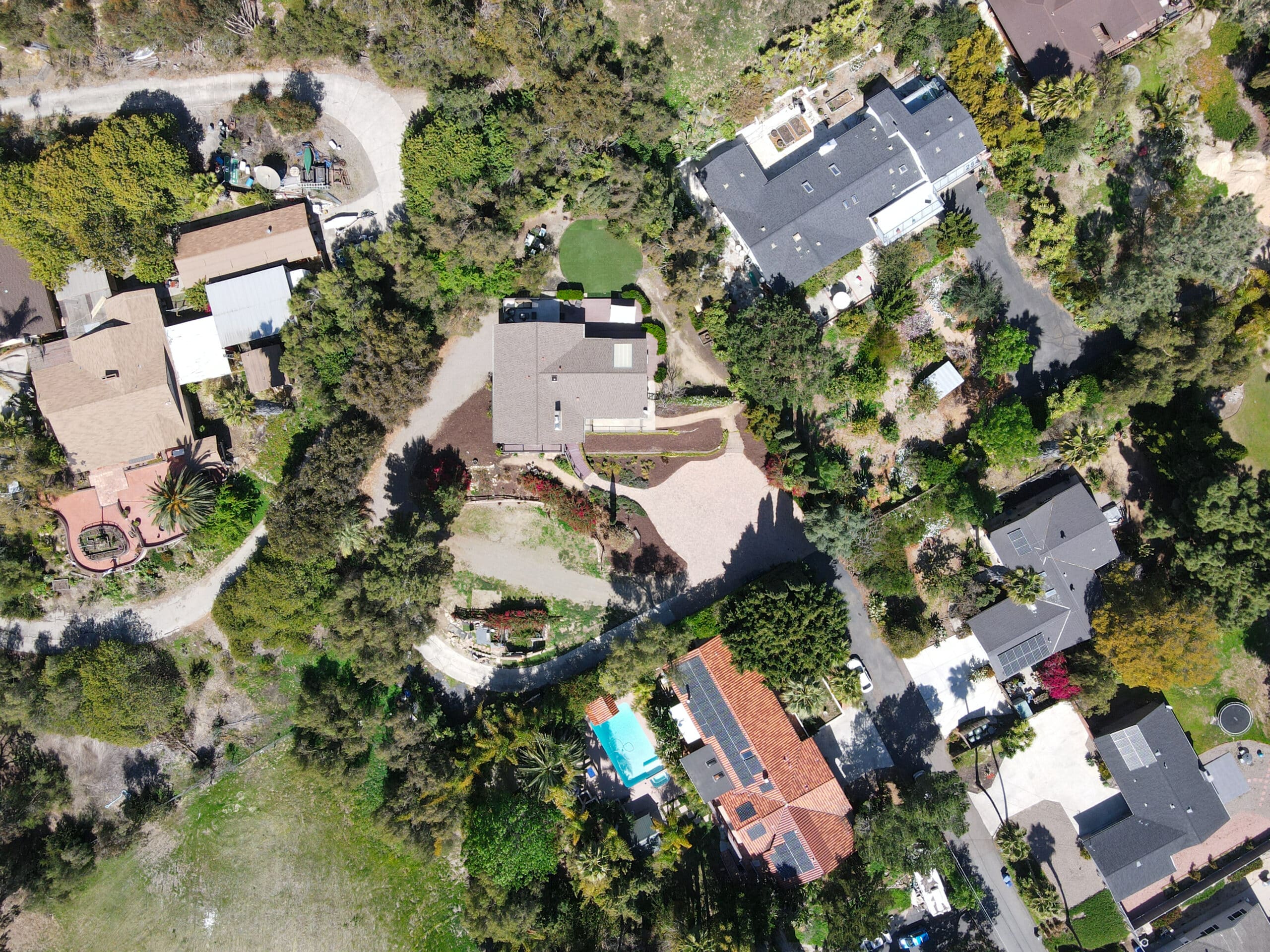Estimated reading time: 6 minutes
In the picturesque wine country of Napa Valley, where luxury estates dot the landscape, ensuring the highest levels of privacy and safety is paramount. As security threats evolve, so must the strategies to counteract them. This article delves into three cutting-edge approaches designed to safeguard these prestigious properties. By embracing advanced encryption, conducting thorough security audits and drills, and implementing rigorous visitor management protocols, estate owners in Napa can significantly bolster their defenses against potential threats.
Table of contents
Implementing state-of-the-art encryption for all communications and security systems
The Importance of Advanced Encryption Techniques
In today’s digital age, the sophistication of cyber threats necessitates equally advanced countermeasures. For Napa estates, adopting the latest encryption technologies for all communications and security systems is not just an option; it’s a necessity. Encryption acts as a robust barrier, ensuring that even if data is intercepted, it remains incomprehensible to unauthorized entities. This includes securing Wi-Fi networks, surveillance footage, and communication between security personnel and the estate’s control center. By utilizing encryption standards that meet or exceed those of the military, estates can safeguard their most sensitive information from cybercriminals and espionage.
Integrating Encryption into Security Infrastructure
The integration of encryption into the estate’s security infrastructure involves several critical steps. First, assess the current state of all digital communication and security systems to identify vulnerabilities. Next, these systems should be upgraded to incorporate end-to-end encryption technology. This means that from the moment data is transmitted, during its journey through various networks, until it reaches its intended recipient, it remains encrypted. Furthermore, regularly updating these systems is vital to protect against emerging threats. Estate owners must ensure that their encryption protocols are one step ahead of potential attackers, requiring ongoing collaboration with cybersecurity experts.
Challenges and Solutions in Encryption Implementation
While the benefits of implementing advanced encryption are clear, estates face several challenges. The complexity of integrating new technologies with existing systems can be daunting. Moreover, there’s the need for continuous education and training for security staff to manage and respond to encryption-related issues adeptly. Solutions include hiring specialized cybersecurity firms to oversee the integration and maintenance of encryption technologies and conducting regular training sessions for staff. Additionally, establishing a dedicated cyber response team can provide swift action against attempted breaches, ensuring the estate’s digital fortress remains impregnable.
Conducting regular security audits and drills to prepare for various scenarios
Establishing a Comprehensive Security Audit Program
Regular security audits are crucial for identifying vulnerabilities within an estate’s security apparatus. These audits should comprehensively assess the estate’s security measures—from physical barriers and surveillance systems to cybersecurity protocols and emergency response capabilities. Experts recommend conducting these audits bi-annually, with additional spot checks following significant security updates or in response to emerging threats. A well-structured audit program highlights areas for improvement and ensures that all security components function optimally together. Moreover, involving external security consultants can provide fresh perspectives and insights into potential weaknesses that internal teams might overlook.
The Role of Realistic Security Drills
Beyond identifying vulnerabilities, preparing for potential security breaches requires practical, hands-on drills that simulate various threat scenarios. These drills should involve everyone on the estate’s premises, from security personnel to household staff, ensuring they understand their roles during an emergency. Scenarios can range from natural disasters to sophisticated cyberattacks or physical intrusions. Realistic drills help test the estate’s emergency protocols, communication effectiveness, and the staff’s ability to respond swiftly and efficiently. After each drill, conducting debriefings to review performance and identify lessons learned is essential for continuous improvement.
Leveraging Technology and Expertise in Drills and Audits
To maximize the effectiveness of security audits and drills, estates should leverage the latest technological tools and seek expertise from leading security professionals. Advanced software can simulate cyberattack scenarios, test the resilience of digital defenses, and provide detailed analytics on response times and actions taken during physical security drills. Collaboration with law enforcement and private security firms can also enhance the realism of drills and provide valuable feedback on the estate’s security posture. Investing in these resources strengthens the estate’s defenses and demonstrates a commitment to maintaining the highest security standards.
Establishing strict visitor management protocols to monitor and control estate access
Crafting Comprehensive Visitor Policies
In the serene expanse of Napa Estates, ensuring that only authorized individuals gain entry is a cornerstone of maintaining privacy and safety. Developing detailed visitor management protocols begins with defining clear criteria for who is allowed access and under what circumstances. This includes categorizing visitors into various levels – VIPs, service personnel, and casual guests – and establishing specific protocols for each category. For instance, all visitors might be required to present valid identification upon entry, while service personnel could require background checks in advance. Implementing these policies necessitates state-of-the-art technology, such as biometric verification and advanced ID scanning systems, ensuring rigorous access control and efficiency.
Leveraging Technology for Enhanced Access Control
The backbone of strict visitor management is the deployment of sophisticated technology. Automated gate entry systems, surveillance cameras with facial recognition capabilities, and mobile access control apps are examples of technology that can streamline the process while ensuring robust security. These systems can be programmed to grant or deny access based on the visitor’s category, time of the visit, and other pre-defined criteria. Moreover, integrating these technologies with a central security management system allows for real-time monitoring and quick response to any unauthorized access attempts. This technological approach enhances security and offers a seamless experience for authorized visitors.
Training and Continuous Improvement
Establishing strict visitor management protocols is an ongoing process that requires regular review and adaptation to emerging threats and technologies. Training estate security personnel in the latest visitor management strategies and technologies is critical. This includes drills that simulate various scenarios, from routine visits to potential security breaches, ensuring the team is well-prepared for any eventuality. Furthermore, soliciting feedback from security staff and visitors can provide valuable insights into the effectiveness of the protocols and areas for improvement. Regular audits of visitor management procedures ensure that the estate’s security measures remain at the forefront of industry standards, providing an impregnable shield against potential intrusions.
Conclusion
In conclusion, enhancing privacy and safety in Napa estates requires a multifaceted approach, focusing on the latest technological advancements and strategic planning. Real estate owners can create a virtually impregnable fortress by implementing state-of-the-art encryption, conducting rigorous security audits and drills, and establishing strict visitor management protocols. These strategies deter potential intruders and ensure that the estate is well-prepared to respond effectively and minimize any possible damage in the event of a security breach. As the landscape of threats continues to evolve, staying ahead with proactive and comprehensive security measures is paramount for safeguarding the serene and exclusive lifestyle Napa estates offer. This commitment to security excellence will ensure that the privacy and safety of these properties remain uncompromised, preserving their value and the peace of mind of those who reside within them.












